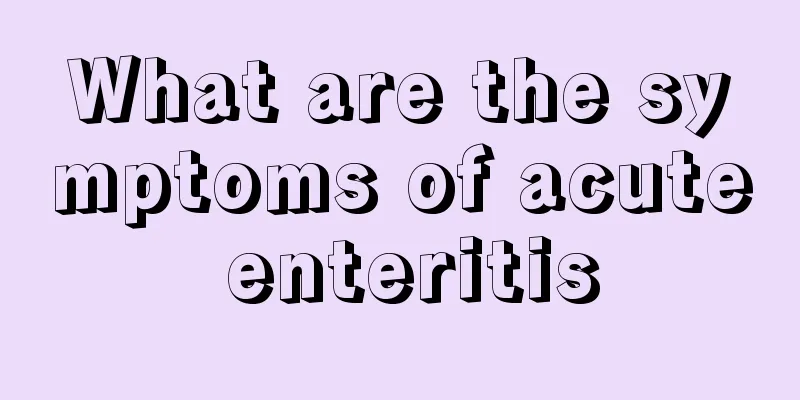What is the function of hydroxyethyl cellulose?

|
There must be a lot of people who don't know what hydroxyethyl cellulose is. In fact, it is a white powder, sometimes light yellow, or solid. The chemical formula of this chemical substance is C2H6O2·x. This chemical substance has a wide range of uses, such as being a good emulsifier and a widely used adhesive, so it has the following many uses. Function of Hydroxyethyl Cellulose: Used as adhesive, surfactant, colloid protective agent, dispersant, emulsifier and dispersion stabilizer, etc. It has a wide range of applications in coatings, inks, fibers, dyeing, papermaking, cosmetics, pesticides, mineral processing, oil production and medicine. 1. It is generally used as a thickener, protective agent, adhesive, stabilizer, and additive for the preparation of emulsions, jellies, ointments, lotions, eye cleansers, suppositories and tablets. It is also used as a hydrophilic gel, skeleton material, and for the preparation of skeleton-type sustained-release preparations. It can also be used in food as a stabilizer. 2. Used as sizing agent in textile industry, bonding, thickening, emulsifying, stabilizing and other auxiliary agents in electronics and light industry sectors. 3. Used as thickener and filtrate reducer for water-based drilling fluid and completion fluid, with obvious thickening effect in salt water drilling fluid. It can also be used as a fluid loss reducer for oil well cement. It can be cross-linked with multivalent metal ions to form a gel. 4. This product is used as a dispersant for water-based gel fracturing fluid for petroleum extraction by fracturing method, and for polymers such as polystyrene and polyvinyl chloride. It can also be used as a latex thickener in the paint industry, a hygroscopic resistor in the electronics industry, and a cement retarder and moisture retainer in the construction industry. Glazing in ceramic industry and toothpaste adhesive. It is also widely used in printing and dyeing, textiles, papermaking, medicine, hygiene, food, cigarettes, pesticides and fire extinguishing agents. 5. As surfactant, colloid protective agent, emulsion stabilizer for vinyl chloride, vinyl acetate and other emulsions, as well as thickener, dispersant and dispersion stabilizer for latex. It is widely used in coatings, fibers, dyeing, papermaking, cosmetics, medicine, pesticides, etc. It also has many uses in oil extraction and machinery industries. 6. Hydroxyethyl cellulose has surface activity, thickening, suspension, bonding, emulsification, film-forming, dispersion, water retention and protection effects in solid and liquid pharmaceutical preparations. 7. Used as dispersant for the extraction of water-based gel fracturing fluid for petroleum, polyvinyl chloride, polystyrene and other polymers. It can also be used as a latex thickener in the paint industry, a cement retarder and moisture retainer in the construction industry, a glazing agent in the ceramic industry, and a toothpaste adhesive. It is also widely used in printing and dyeing, textile, papermaking, medicine, sanitation, food, cigarettes and pesticides and other industrial fields. |
>>: What are the hazards of sodium carboxymethyl cellulose?
Recommend
How to lose weight with belly fat
How to reduce the fat in the stomach is considere...
What are the symptoms of multinodular goiter
Although our country is becoming stronger and str...
What disease is it that causes red spots on the legs
In life, many people often suffer from various sk...
What are the symptoms of throat cancer
Typical symptoms of laryngeal cancer include pers...
Three bad living habits lead to esophageal tumors
At present, esophageal cancer has quietly entered...
New discovery in bone cancer treatment method
The cause of bone cancer is still unclear, but it...
The difference between DPT and tetanus
Tetanus is caused by a severe infection of the wo...
Is it good for babies to sleep on tea-leaf pillows?
People often drink tea in their daily lives, espe...
How do you calculate a person’s normal weight?
When people are overweight, they may induce many ...
Bathing regimen for cleansing and fitness
Taking a bath is also called bathing. In China, b...
How to relax neck muscles
For patients with cervical spondylosis, they alwa...
Is chewing gum useful to quit smoking?
Everyone knows that smoking is harmful to health,...
What are the symptoms of allergic purpura
Allergic purpura is a relatively common skin dise...
What are the early symptoms of colorectal cancer?
The incidence of colorectal cancer is very high i...
Why does my skin become extremely itchy after moxibustion?
Moxibustion is particularly suitable for people w...









